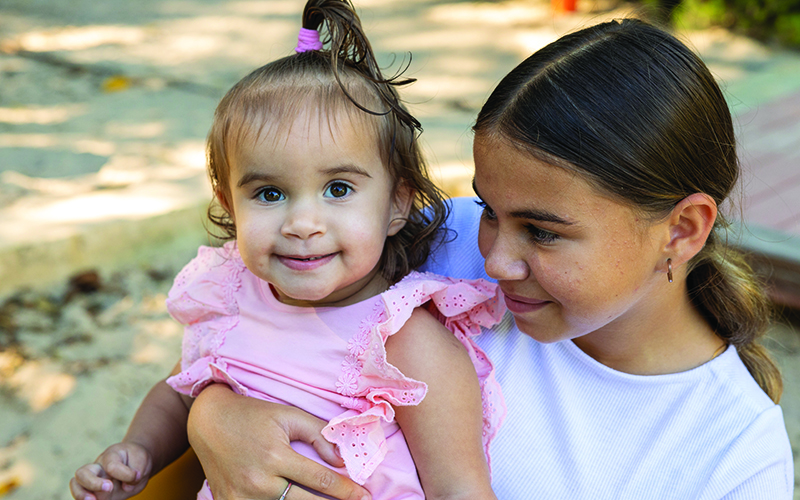Search
Research
Stability of benzylpenicillin for continuous intravenous infusions: An isotonic formulation for therapeutic use and a low-dose formulation for clinical trialThe objectives of this study were to develop a stability-indicating high performance liquid chromatography assay for benzylpenicillin in pharmaceutical fluids, and to investigate the stability of (i) isotonic citrate-buffered BPC solutions at the clinically relevant concentration of 30 mg/mL, and (ii) low concentration citrate-buffered BPC intravenous infusions (5–30 μg/mL).
Research
The risk of intramuscular haematoma is low following injection of benzathine penicillin G in patients receiving concomitant anticoagulant therapyOur local data supports continuing intramuscular injection of BPG in patients with rheumatic heart disease receiving anticoagulant medication

The Strep A & ARF Therapeutics research team are working to accelerate research and clinical trials to improve penicillin formulation and treatment methods, to end RHD.
Research
Centralising Local Aboriginal Language and Culture in Healthy Skin Books on the See Treat Prevent (SToP) Trial in the Kimberley Region of Western Australia: A Process and Impact InquiryLanguage is significant for communicating knowledge across cultures and generations and has the power to attribute meanings and alter our worldviews.
Research
Artemisinin combination therapy at delivery to prevent postpartum malaria: A randomised open-label controlled trialAlthough the incidence of malaria is increased in women in endemic areas after delivery compared to non-pregnant women, no studies have assessed the benefit of presumptive antimalarial treatment given postpartum.
Research
Piperaquine Pharmacokinetic and Pharmacodynamic Profiles in Healthy Volunteers of Papua New Guinea after Administration of Three-Monthly Doses of Dihydroartemisinin-PiperaquineMass drug administration (MDA) with monthly dihydroartemisinin-piperaquine (DHA-PQP) appears useful in malaria control and elimination strategies. Determining the relationship between consecutive piperaquine phosphate (PQP) exposure and its impact on QT interval prolongation is a key safety consideration for MDA campaigns.
Research
Broad-spectrum in vitro activity of macrophage infectivity potentiator inhibitors against Gram-negative bacteria and Leishmania majorThe macrophage infectivity potentiator (Mip) protein, which belongs to the immunophilin superfamily, is a peptidyl-prolyl cis/trans isomerase (PPIase) enzyme. Mip has been shown to be important for virulence in a wide range of pathogenic microorganisms.
Research
Antimalarials for children with Plasmodium vivax infection: Current status, challenges, and research prioritiesThe aim of this narrative review is to summarise efficacy and pharmacokinetic data for Plasmodium vivax in children. The burden of P. vivax malaria in children continues to remain a significant public health issue, and the need for improved treatment regimens for this vulnerable population is critical.
Research
Randomized Trial of BCG Vaccine to Protect against Covid-19 in Health Care WorkersThe bacille Calmette-Guérin (BCG) vaccine has immunomodulatory "off-target" effects that have been hypothesized to protect against coronavirus disease 2019.
Research
Standardization of Epidemiological Surveillance of Invasive Group A Streptococcal InfectionsInvasive group A streptococcal (Strep A) infections occur when Streptococcus pyogenes, also known as beta-hemolytic group A Streptococcus, invades a normally sterile site in the body. This article provides guidelines for establishing surveillance for invasive Strep A infections. The primary objective of invasive Strep A surveillance is to monitor trends in rates of infection and determine the demographic and clinical characteristics of patients with laboratory-confirmed invasive Strep A infection, the age- and sex-specific incidence in the population of a defined geographic area, trends in risk factors, and the mortality rates and rates of nonfatal sequelae caused by invasive Strep A infections.
